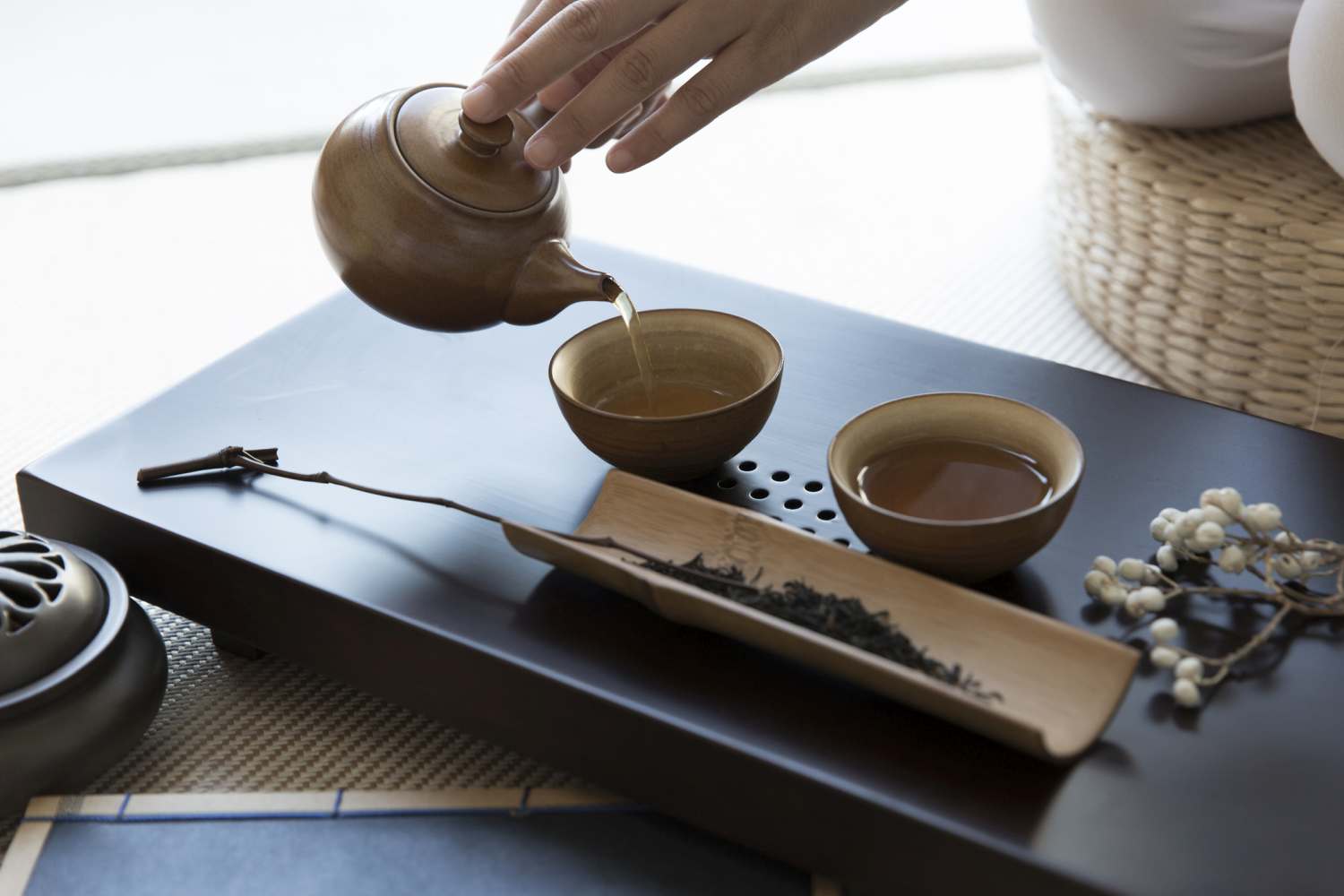Tea is an aromatic elixir that has transcended time and cultures. It has graced countless cups and ceremonies, and holds a special place in the hearts of people worldwide. The brewed beverage has a history that unfurls like a tale of discovery and tradition. And nowhere is its narrative richer than in the annals of ancient China. It is a story that dates back a millennia and is interwoven with myth, legend, and the profound evolution of a simple leaf into a global icon of culture and hospitality.
In this post, we embark on a journey through time to uncover the origin story of tea—a tale filled with legends, historical evolution, and global impact. Tea, a simple yet profound leaf, has been the source of inspiration, meditation, and diplomacy. Join us as we discover the ancient traditions and tales that continue to shape its place in the modern world.
Ancient Chinese Legends and Mythology
In ancient China, the beginnings of tea are intertwined with legends and myths that have been passed down through generations. Let’s delve into these intriguing tales that surround the discovery of tea and the emergence of the legendary Emperor Shen Nong.
The Emperor and the Tea Legend
According to Chinese folklore, Emperor Shen Nong played a pivotal role in the tea’s origin story. He is revered as a wise and benevolent ruler who reigned over 5,000 years ago. Emperor Shen Nong was a great herbalist and had a profound understanding of plants and their medicinal properties. This wisdom of agricultural and medicinal plants even earned him the name “Divine Farmer.”
As the story goes, one day, while boiling water, a gust of wind carried tea leaves from a nearby Camellia sinensis tree into his pot, creating an aromatic infusion. [1] Curious about the delightful scent, the emperor decided to take a sip, and this marked the serendipitous beginning of tea as a beverage.
Cultural and Ceremonial Aspects of Tea Drinking
Tea’s role in Chinese culture extends beyond its taste and aroma. It has become deeply integrated into daily life, social gatherings, and ceremonies.
| Aspect | Description |
| Ancient Origins | Tea’s history dates back to ancient China, where it was consumed and revered. |
| Emperor Shen Nong | The legendary Emperor Shen Nong is credited with its discovery. |
| Medicinal and Philosophical Role | Tea was initially valued for its medicinal properties and later embraced philosophically. |
| The Tao of Tea | The practice of tea drinking became deeply rooted in Taoist philosophy. |
| Mindfulness | Tea ceremonies encourage mindfulness, tranquility, and appreciation of nature. |
| Ceremonial Practices | Precise rituals for brewing, serving, and consuming tea are central to ceremonies. |
| Social Connection | Tea is a medium for connection, fostering community and spiritual reflection. |
The traditional Chinese tea ceremony is a cherished practice that emphasizes mindfulness and respect. It involves precise rituals for brewing, serving, and consuming tea, creating a profound sense of tranquility and harmony. Tea not only nourishes the body but also elevates the spirit, serving as a medium for connection, reflection, and appreciation of nature.
Tea, in this context, was not merely a beverage but a bridge to the divine. It was believed that the consumption of tea allowed individuals to connect with the spiritual realm, making it an integral part of ancient Chinese ceremonies. The legend of Shen Nong represents the profound relationship between Chinese culture and tea, showcasing how these early customs continue to influence modern tea traditions today.
The Historical Evolution of Tea
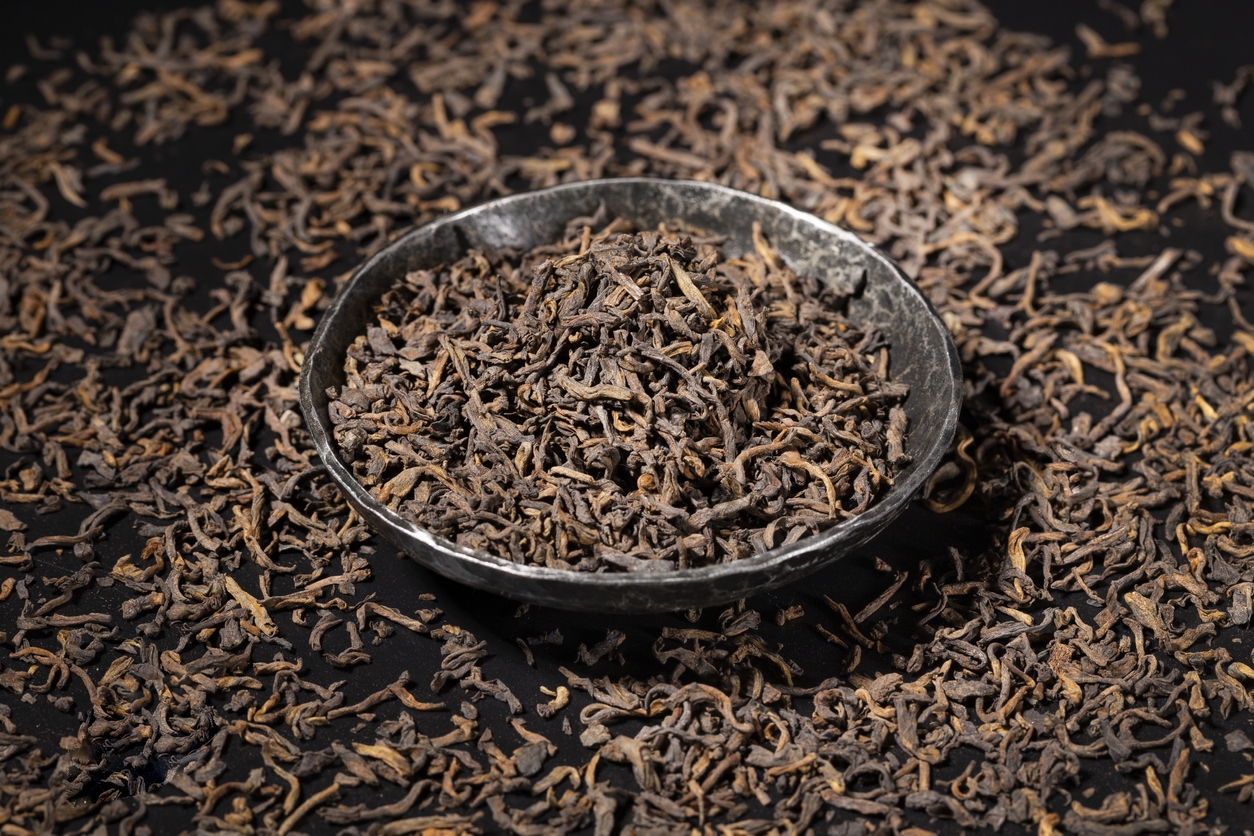
Tea’s journey from a medicinal herb to a beloved beverage reflects the evolving tastes and cultural dynamics of ancient China. This transformation had several key stages:
| Time Period | Key Developments in the History of Tea |
| Ancient Times (2737 BC) | – Emperor Shen Nong’s discovery of tea as a medicinal herb. |
| Tang Dynasty (618-907 AD) | – Transition of tea from medicine to a popular beverage.
– Flourishing tea culture with a focus on aesthetics and sensory pleasures. – Development of various forms of tea, including compressed tea bricks. |
| Introduction to Japan
(9th Century) |
– Travel of Japanese priests and envoys to China during the Tang Dynasty.
– Bringing back tea seeds and knowledge of tea preparation to Japan. – Gradual incorporation of tea into Japanese culture. |
Medicinal Origins
Tea’s journey traces back to its use as a medicinal herb in ancient China. It wasn’t just Emperor Shen Nong’s accidental discovery that led to its medicinal use. In ancient China, tea leaves were valued for their healing properties. [2] Chinese herbalists recognized the potential benefits of tea and began experimenting with its leaves. Over time, they discovered that tea could aid digestion, alleviate headaches, and provide a soothing effect. It became an essential component of traditional Chinese medicine. This early recognition of tea’s medicinal value laid the foundation for its transformation into a popular beverage and its cultural significance, shaping tea’s journey through history.
Tang Dynasty and the Tea Culture
Tea finds its roots in the history and impact of Chinese dynasties. The Tang Dynasty played a pivotal role in transforming tea from a medicinal brew into a popular beverage. During this period (618-907 AD), tea was no longer confined to medicinal uses but became an integral part of Chinese culture. [3] The cultivation and preparation of tea evolved significantly. It was during the Tang Dynasty that the tea culture began to flourish. People started to appreciate the aesthetic and sensory pleasures of tea-drinking.
Various Forms of Tea
The Tang Dynasty saw the development of various forms of tea. The most common type of tea during this period was compressed tea bricks. These bricks were broken into pieces and then roasted or ground into a powder. The powdered tea was whisked with hot water to create a frothy beverage. [4] This method laid the foundation for the modern tea preparation known as matcha.
Introduction of Tea to Japan
The connection between China and Japan played a significant role in the spread of tea culture. Japanese priests and envoys traveling to China during the Tang Dynasty brought back tea seeds and knowledge of tea preparation. By the 9th century, tea had made its way to Japan, where it gradually became a part of Japanese culture.
Japanese Buddhist monks traveled to China to study Buddhism and other aspects of Chinese culture. They were exposed to the art of tea preparation and brought this knowledge back to Japan. [5] The Japanese developed their own unique tea ceremonies and rituals, culminating in the renowned Japanese tea ceremony, known as “chanoyu” or “sado.”
The historical tea timeline infographic reflects its transformation from a simple herb used for its medicinal properties to a deeply rooted cultural tradition. The art of tea preparation and the ceremonial aspects of tea drinking continued to evolve, leading to the diverse tea cultures seen today. Tea has not only been a beloved beverage but also a symbol of hospitality, meditation, and connection with nature throughout history.
The Role of Tea in Ancient Chinese Society
Tea held profound significance in ancient Chinese society, encompassing aspects of social, spiritual, and artistic dimensions. [6] Its journey from a medicinal herb to a cultural icon profoundly impacted daily life, leading to the development of the Chinese tea ceremony and influencing various facets of Chinese culture.
Social Significance
Tea gatherings were a prominent feature of ancient Chinese society, serving as a social glue. They provided opportunities for individuals from diverse backgrounds to come together, share experiences, and form connections. It was customary for friends and acquaintances to meet over tea, fostering relationships and dialogue.
Spiritual and Philosophical Significance
Tea became intertwined with philosophy and spirituality, especially during the Tang and Song dynasties. The practice of tea preparation and consumption was seen as a path to enlightenment. Philosophers, poets, and scholars often composed verses and texts celebrating tea’s meditative qualities, emphasizing the harmony it brought to one’s soul.
The Ancient Chinese Tea Ceremony
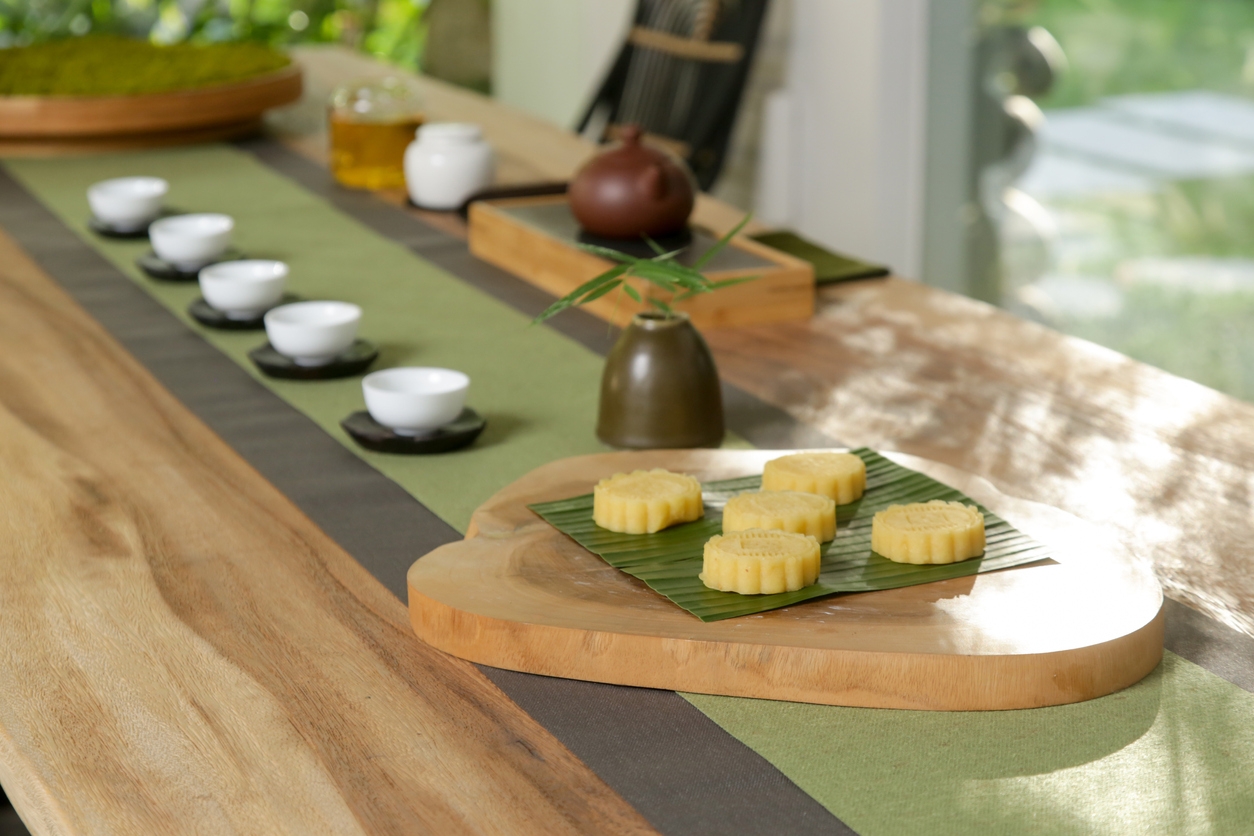
The ancient Chinese tea ceremony, inspired by Confucian principles, was a structured and reverential practice. [7] It encompassed precise steps for preparing and consuming tea, emphasizing the balance and aesthetics in the process. The ceremony wasn’t just about taste, it was a choreographed dance that appealed to the senses.
Tea and the Arts
Tea significantly influenced Chinese arts, especially poetry and calligraphy. Renowned poets often composed verses inspired by their tea experiences, capturing the essence of the moment in their writings. Likewise, calligraphers found inspiration in tea’s serenity, translating it into their art.
Tea, in essence, was more than a beverage; it was a cultural symbol, a means of promoting connections, and a source of artistic and spiritual inspiration in ancient Chinese society.
Notable Varieties of Chinese Tea
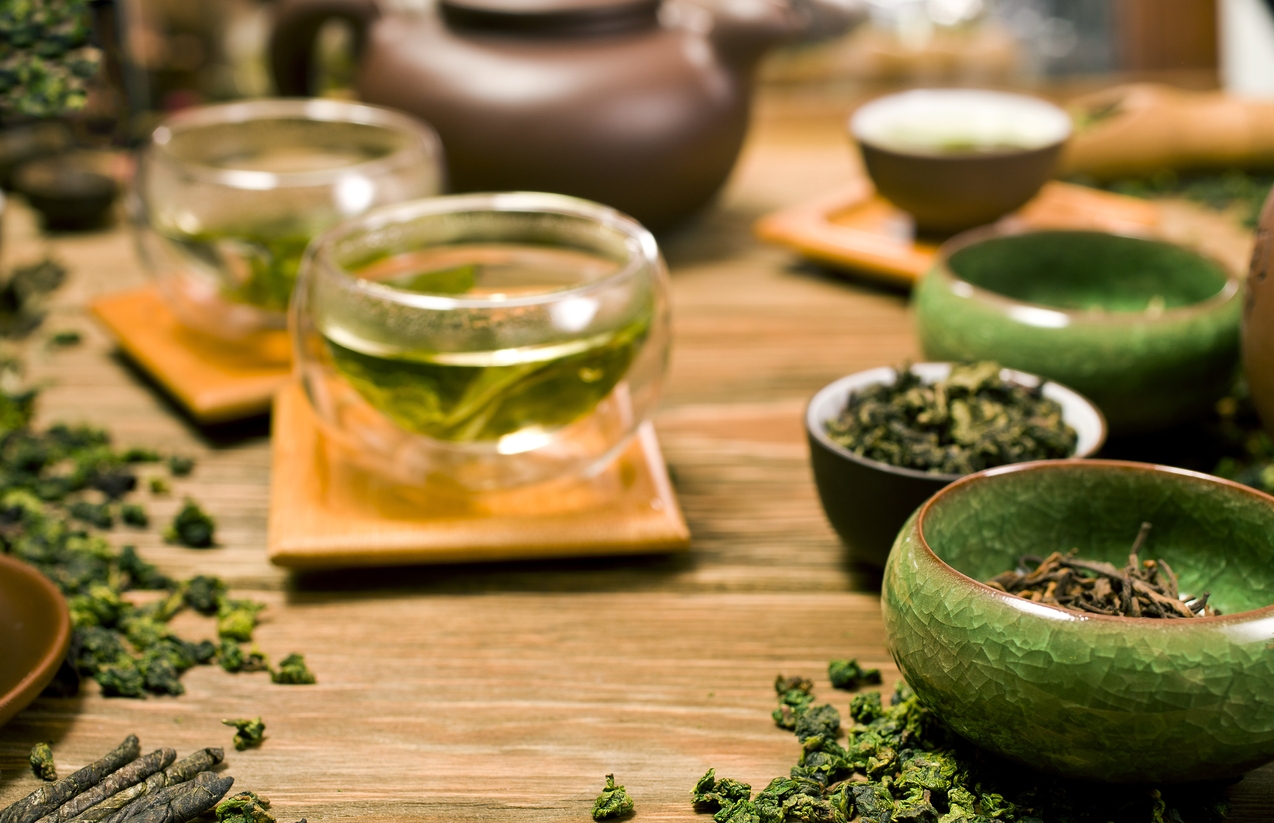
China boasts a rich tapestry of tea varieties, each with its unique characteristics and production methods. From the earthy allure of black tea to the delicate notes of white tea, the diversity of Chinese teas reflects the country’s vast landscapes, climates, and traditions. Here, we explore some of the most renowned types:
| Tea Variety | Characteristics | Brewing Method |
| Green Tea | Fresh, vibrant, grassy, vegetal | Steep with hot, not boiling, water (80°C) |
| Black Tea | Robust, malty, bold | Boil water and steep (100°C) |
| White Tea | Subtle, delicate, floral, fruity | Steep with hot, not boiling, water (70-80°C) |
| Oolong Tea | Range from green to black, complex | Varies depending on the specific oolong |
| Pu-erh Tea | Earthy, post-fermented, complex with age | Boil water and steep (100°C) |
Green Tea
Green tea, celebrated for its freshness and vibrant flavors, is perhaps the most famous among Chinese teas. Varieties such as Longjing (Dragon Well) and Biluochun are cherished for their emerald hues, grassy notes, and vegetal undertones. Green tea is prepared by steaming or pan-frying fresh tea leaves to halt oxidation, preserving its signature color and taste.
Black Tea
Chinese black teas, like Keemun and lapsang souchong, reveal a robust and malty profile. Unlike green tea, black tea undergoes full oxidation, resulting in its dark color and bold flavor. It is the preferred tea for classic Western-style black tea blends.
White Tea
White tea, exemplified by Silver Needle and White Peony, is appreciated for its subtle taste and delicate aroma. It’s minimally processed, allowing the tea leaves to wither and air-dry. The resulting brew is pale, with gentle floral and fruity notes.
Oolong Tea
Oolong tea, a fascinating middle ground between green and black teas, is represented by Tieguanyin and Da Hong Pao. Oolongs range from lightly oxidized (closer to green tea) to heavily oxidized (closer to black tea), offering diverse flavor profiles. These teas are often rolled into intricate shapes.
Pu-erh Tea
Pu-erh tea is unique for its post-fermentation process, aging like fine wine. Varieties include Sheng Pu-erh (raw) and Shu Pu-erh (ripe). This tea’s character evolves over time, from earthy and vegetal when young to smooth, dark, and complex when aged.
Regional Variations
Chinese tea production is influenced by its diverse regions. The renowned Dragon Well tea comes from Hangzhou, while Yunnan is famous for Pu-erh. Fujian and Taiwan are known for oolong teas, and black tea enthusiasts often seek varieties from the Qimen County in Anhui.
Each variety reflects the distinctive terroirs, traditions, and craftsmanship that contribute to the fascinating world of Chinese tea.
The Global Impact of Tea
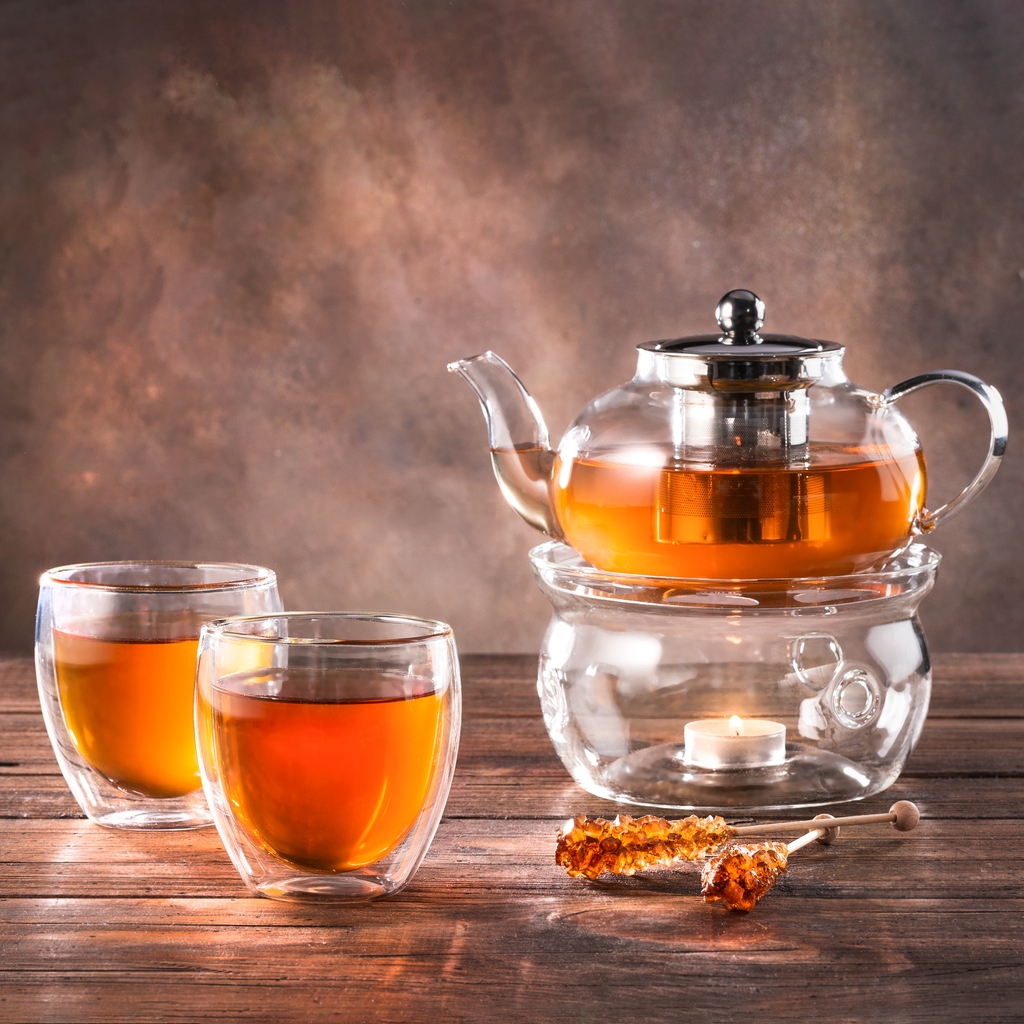
The journey of Tea from ancient China had a profound impact on the world beyond its origin. As the tea culture spread, it influenced various aspects of global society. [8]
Global Spread of Tea Culture
The fascination with tea quickly extended beyond China’s borders. It reached Japan, where it gave rise to the famous Japanese tea ceremonies and traditions. As global trade expanded, tea found its way to India, Sri Lanka, Africa, and eventually Europe and the Americas, becoming a beloved beverage in diverse cultures.
Tea and International Trade
Tea played a pivotal role in international trade and diplomacy. The British Empire’s expansion into India was partly driven by a desire to control the tea trade. The Opium Wars and the Boston Tea Party are significant historical events influenced by tea and trade.
Contemporary Significance
Today, tea remains a globally cherished beverage, with countless variations and preparation methods worldwide. Beyond being a soothing drink, tea symbolizes hospitality, cultural exchange, and moments of relaxation and connection, making it an enduring part of contemporary society.
The journey of tea from ancient China to the far reaches of the globe is a testament to its enduring allure and cultural significance.
Conclusion
The story of tea’s origins in ancient China is a fascinating tale of culture, myth, and exploration. From Emperor Shen Nong’s legendary discovery to the global spread of tea culture, this brew has left an indelible mark on societies, trade, and diplomacy worldwide.
Its significance in both ancient and contemporary times goes beyond mere refreshment—it embodies the spirit of connection and shared moments. Tea continues to bridge cultures, bringing people together over a cup of aromatic leaves. As we sip on the brew that has traversed centuries and continents, we are reminded of the enduring legacy of tea in our modern world.

